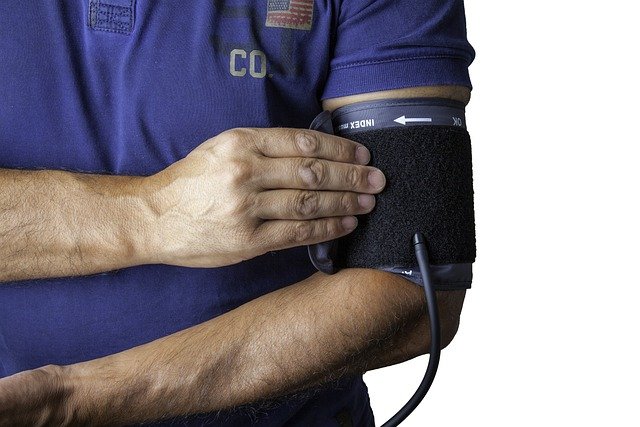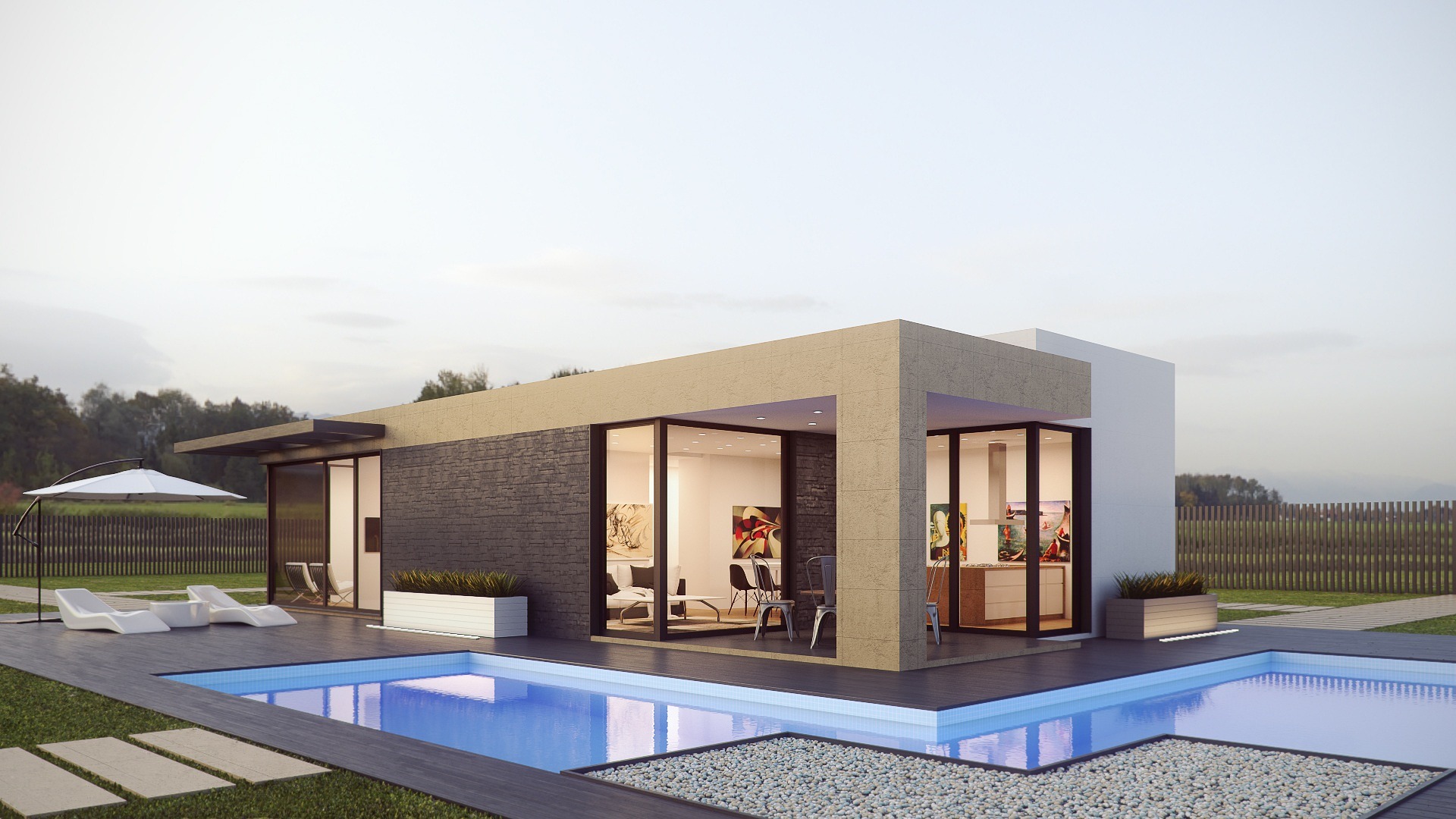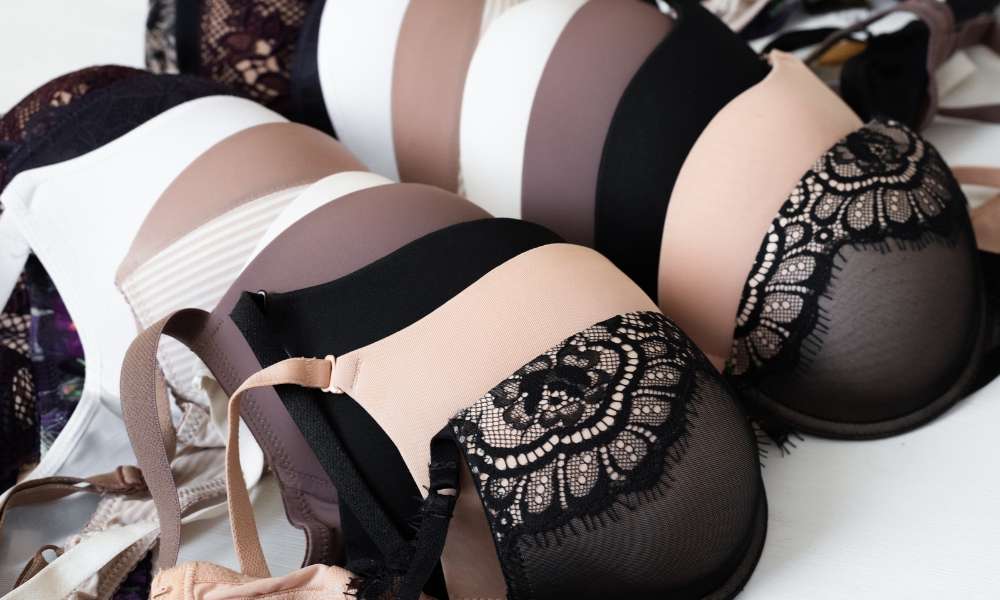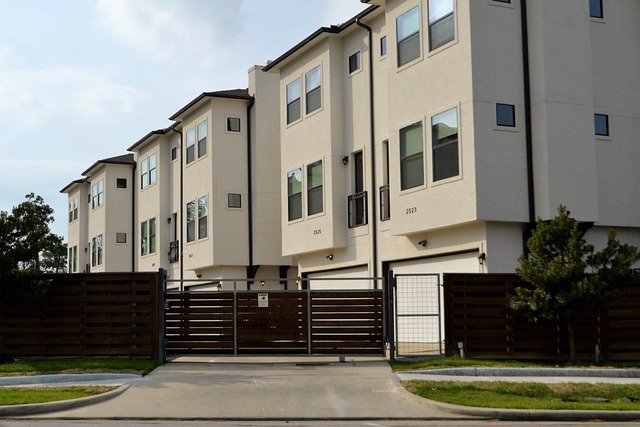Sustainable Prefabricated Homes: Stylish, Durable, and Affordable
Prefabricated homes, also known as prefab homes, are revolutionizing the housing industry with their innovative approach to construction. These homes are manufactured off-site in a controlled factory environment and then transported to the building site for assembly. This method offers numerous benefits, including sustainability, energy efficiency, and cost-effectiveness. As more homeowners seek eco-friendly and affordable housing options, prefab homes are gaining popularity for their ability to combine style, durability, and affordability in one package.
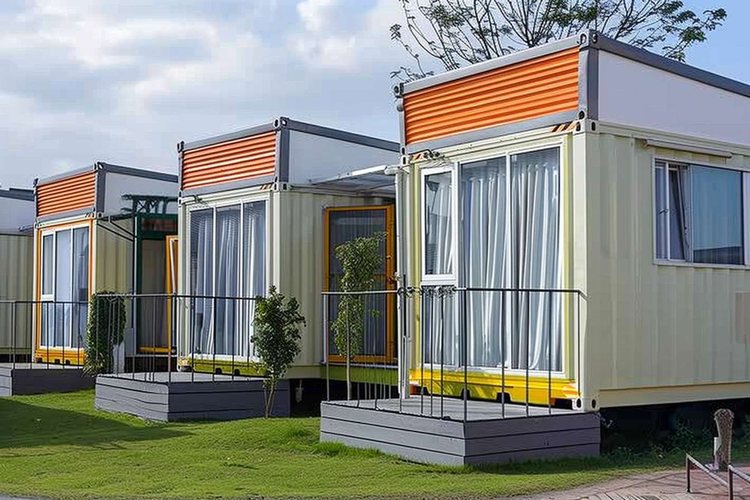
What are the eco-friendly features of prefabricated homes?
Prefabricated homes are at the forefront of eco-friendly and energy-efficient design. The controlled factory environment allows for precise material cutting and assembly, significantly reducing waste compared to traditional on-site construction. Many prefab manufacturers use sustainable materials such as recycled steel, bamboo, and reclaimed wood in their designs. Additionally, these homes often incorporate energy-efficient features like:
-
High-quality insulation for better temperature control
-
Energy-efficient windows and doors to minimize heat loss
-
Solar panels or provisions for easy installation
-
Water-saving fixtures and appliances
-
Smart home technology for optimized energy consumption
These features not only reduce the environmental impact of the home but also result in lower utility bills for homeowners, making prefab homes an attractive option for those seeking to reduce their carbon footprint.
How durable are prefabricated homes compared to traditional construction?
Contrary to common misconceptions, prefabricated homes are often more durable than traditionally built houses. The controlled factory environment allows for higher precision in construction and quality control. Key factors contributing to the durability of prefab homes include:
-
Use of high-quality materials that meet or exceed building codes
-
Rigorous quality control processes throughout manufacturing
-
Engineered designs that can withstand transportation and assembly stresses
-
Advanced construction techniques that improve structural integrity
-
Weather-resistant materials to protect against various climate conditions
Furthermore, prefab homes are built to withstand the rigors of transportation, which often results in a stronger overall structure. Many prefab homes are designed to last as long as or even longer than traditional homes, with some manufacturers offering warranties that exceed those of conventional builders.
What are the advantages of quick construction in prefabricated homes?
One of the most significant benefits of prefabricated homes is the speed of construction. This quick turnaround offers several advantages:
-
Reduced labor costs due to shorter on-site construction time
-
Minimized weather-related delays and damage to building materials
-
Faster occupancy, allowing homeowners to move in sooner
-
Lower financing costs for construction loans
-
Reduced disruption to the surrounding environment and neighborhood
The efficient construction process of prefab homes can cut build times by up to 50% compared to traditional methods. This time-saving aspect is particularly attractive for those looking to build in areas with short construction seasons or tight deadlines.
How affordable are prefabricated homes compared to traditional options?
Prefabricated homes often present a more affordable housing option compared to traditional construction. The cost-effectiveness stems from several factors:
-
Streamlined manufacturing process
-
Reduced on-site labor requirements
-
Bulk purchasing of materials
-
Minimized construction waste
-
Lower likelihood of costly delays or overruns
To provide a clearer picture of the potential cost savings, let’s look at a comparison of prefab homes versus traditional construction:
| Home Type | Average Cost per Square Foot | Construction Time | Energy Efficiency |
|---|---|---|---|
| Prefab | $150 - $250 | 3-4 months | High |
| Traditional | $200 - $300 | 6-12 months | Varies |
Prices, rates, or cost estimates mentioned in this article are based on the latest available information but may change over time. Independent research is advised before making financial decisions.
It’s important to note that while prefab homes often have lower upfront costs, factors such as land acquisition, site preparation, and utility connections can impact the overall project cost. However, the long-term savings from energy efficiency and reduced maintenance can make prefab homes an economical choice over time.
How much do prefabricated homes typically cost?
The cost of prefabricated homes can vary widely based on factors such as size, design complexity, materials used, and location. Here’s a general breakdown of cost ranges for different types of prefab homes:
-
Modular Homes: $100 - $200 per square foot
-
Panelized Homes: $150 - $250 per square foot
-
Shipping Container Homes: $100 - $175 per square foot
-
Custom Prefab Homes: $200 - $400+ per square foot
For a typical 2,000 square foot prefab home, the total cost could range from $200,000 to $500,000 or more, depending on the factors mentioned above. It’s crucial to remember that these costs usually don’t include land, site preparation, or utility connections, which can add significantly to the overall project expense.
| Prefab Home Type | Average Cost Range (2,000 sq ft) | Typical Construction Time |
|---|---|---|
| Modular | $200,000 - $400,000 | 3-4 months |
| Panelized | $300,000 - $500,000 | 4-5 months |
| Shipping Container | $200,000 - $350,000 | 2-3 months |
| Custom Prefab | $400,000 - $800,000+ | 4-6 months |
Prices, rates, or cost estimates mentioned in this article are based on the latest available information but may change over time. Independent research is advised before making financial decisions.
Prefabricated homes offer a compelling combination of sustainability, durability, and affordability. With their eco-friendly design, quick construction times, and potential for long-term cost savings, prefab homes are becoming an increasingly attractive option for homeowners. As technology and manufacturing processes continue to improve, we can expect prefab homes to play an even larger role in the future of sustainable and affordable housing.

